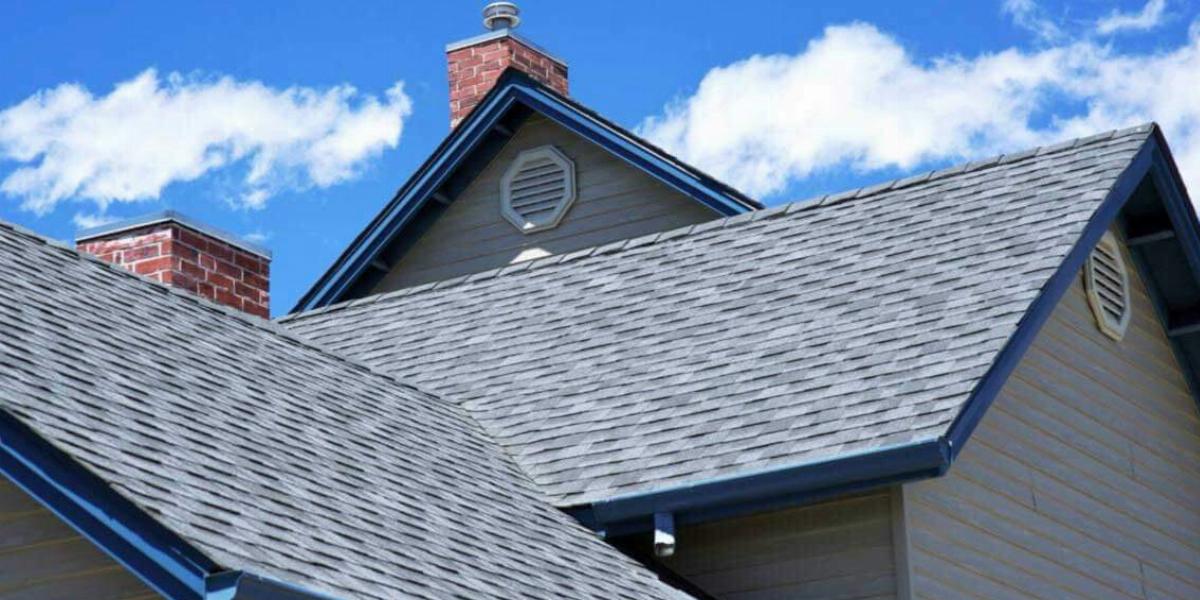
Talking to contractors can be nerve-wracking, especially when it comes to roofing projects. Since roofs can go years—even decades—without needing work, many homeowners aren’t familiar with roofing terminology or what the typical job should cost.
That’s why we put together this handy guide for calculating how many shingles and other roofing materials your project will require. This basic information will help you start budgeting for your project and make it easier to evaluate contractors’ estimates.
The first step to figuring out how many shingles you need is calculating the square footage of your roof. Going up on your roof is dangerous, so our method relies on measuring from the ground. This calculation will be pretty rough, but will give you a ballpark figure. Don’t let the math scare you – it’s actually pretty straightforward.
To find the square footage of your roof:
Now, take your total square footage and divide it by 100.
This will tell you how many “squares” your roof is. You’ll use the number of squares to figure out how many shingles you’ll need.
A square is a measurement equal to 100 square feet. It’s important to know how many squares make up your roof because shingles come in bundles that will each cover a certain percentage of a square.
For most shingle types, it takes 3 bundles to cover each square.
So, here’s the last piece of shingle-math you need to do: Multiply your number of squares by 3.
The resulting number is how many bundles of shingles you can expect to use for your project. Now you can look into the cost per bundle of the shingles you’re interested in to get an idea of what you should budget.
Once you’ve figured out an estimate of how many shingles your roof needs, add 10 percent more to that number. No roofing job will ever be completed without a single shingle wasted, so making this addition will give you a more realistic idea of what to expect.
Now that you’ve got a handle on your shingles, there’s one more major roofing material you’ll want to account for. Underlayment is a waterproof material installed under your shingles to act as a second line of defense against water damage to your roof. Once you know how many squares your roof is, it’s pretty easy to estimate the amount of underlayment your job will require.
A roll of underlayment will usually cover 4 squares. So, just divide your total number of squares by 4.
The result will tell you how many rolls of underlayment you’ll need. Look into the cost of a roll of underlayment in your neck of the woods to ballpark how much you can expect to pay.
Besides the shingles and underlayment, there are a few other things you should factor into your estimation:
Now that you have an idea of what to expect, gathering and evaluating roofing estimates will be much less overwhelming. But even with this background knowledge, don’t be shy about asking your roofing candidates any questions you have—no matter how nitty gritty. Roof repairs aren’t cheap, so clarify anything you’re unsure of before you sign on that dotted line.
Eager to get your feet back on the ground? Check out our DIY section for projects you can safely handle yourself.